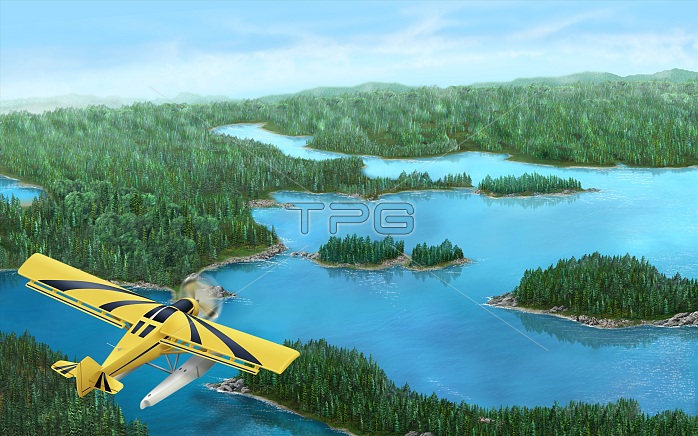
The water flowing on Earthˇs surface usually moves toward the sea. If an obstacle or hollow prevents the water from following its course, it may form a basin. As the water continues to collect, a lake is created. Most lakes are freshwater and contain only small amounts of mineral salts. There are, however, some saltwater lakes. Some contain large amounts of salt because nearby ocean water has managed to seep into them. Other lakes, such as those found in the middle of deserts, are extremely salty. This is because their waters are constantly evaporating under the Sun, leaving behind a high concentration of minerals in the remaining water. A lake may get its water from one or more rivers, which are called tributaries. Without tributaries, a lake may dry up quickly. The water in a lake may run out into one or more streams, called outlets, which follow a course toward the sea.
| px | px | dpi | = | cm | x | cm | = | MB |
Details
Creative#:
TOP19705984
Source:
達志影像
Authorization Type:
RM
Release Information:
須由TPG 完整授權
Model Release:
No
Property Release:
No
Right to Privacy:
No
Same folder images:

 Loading
Loading